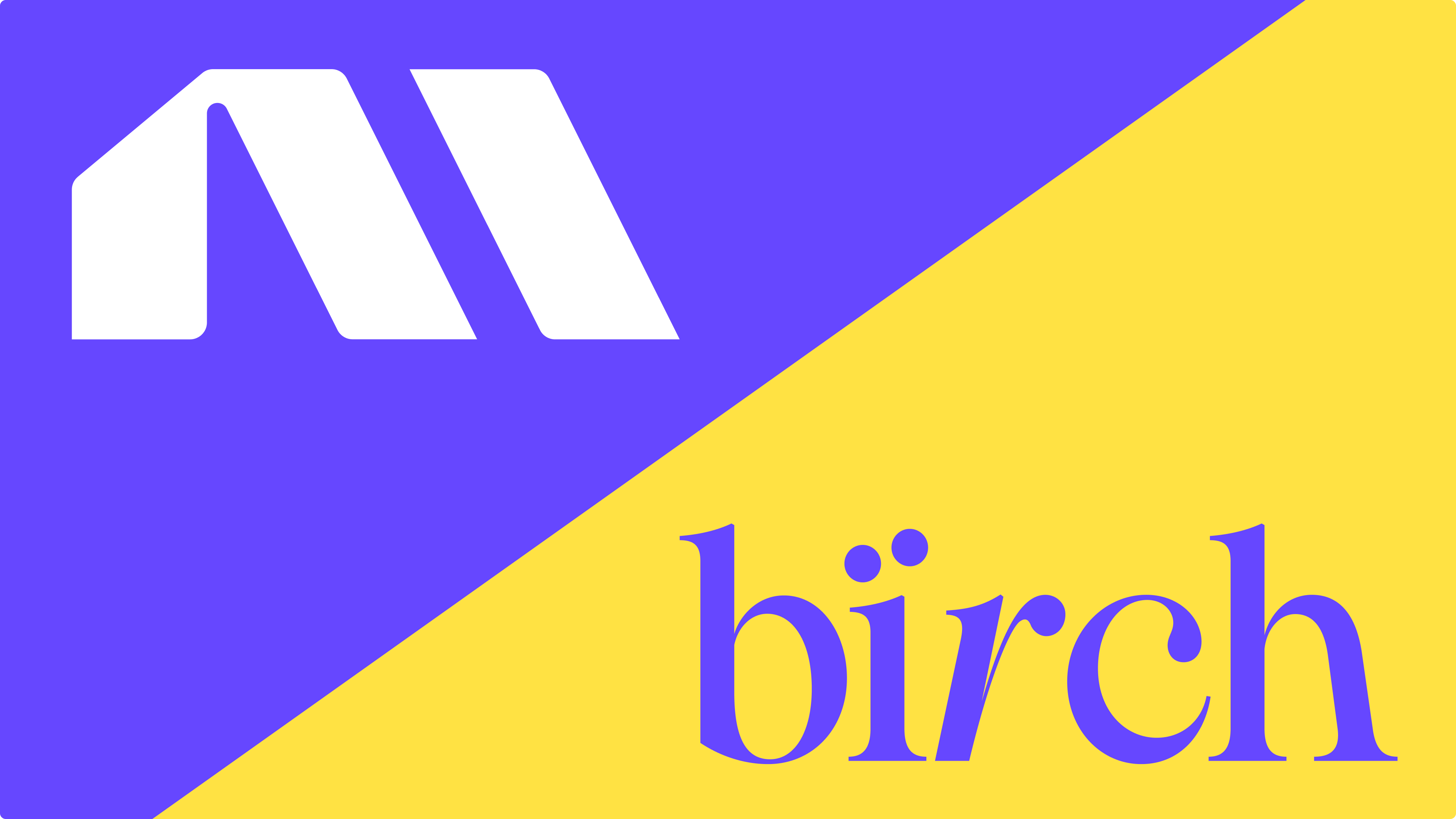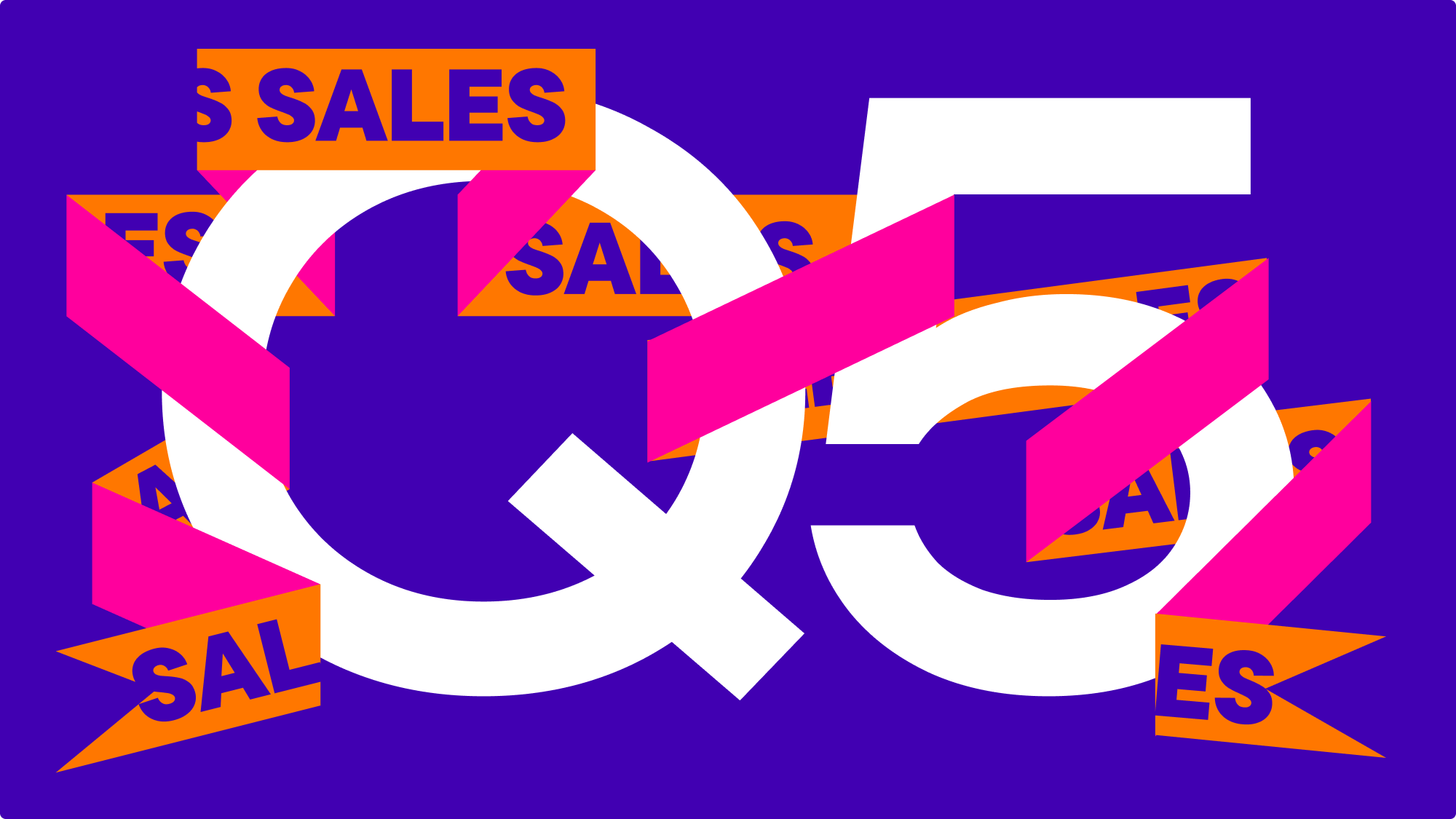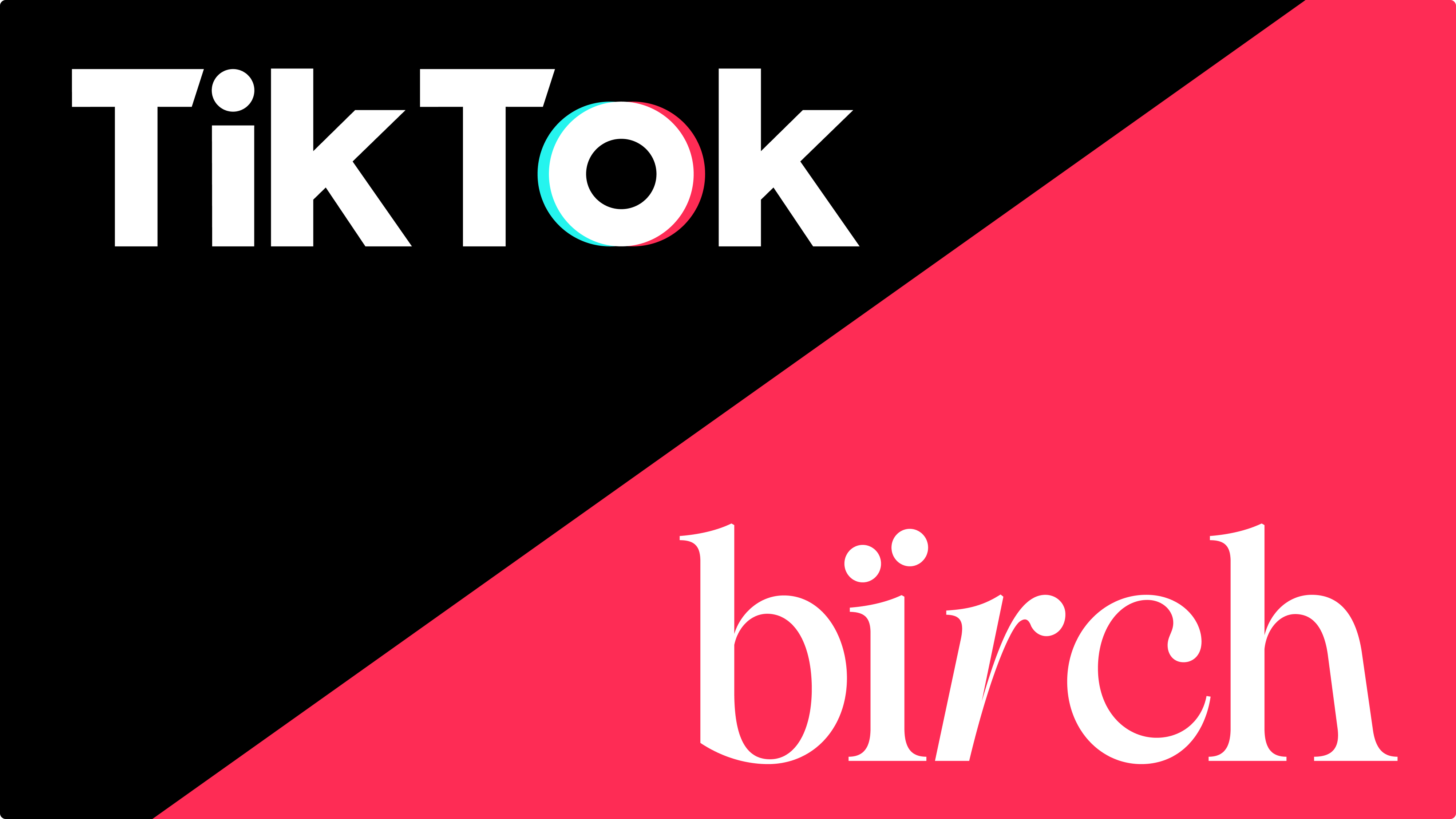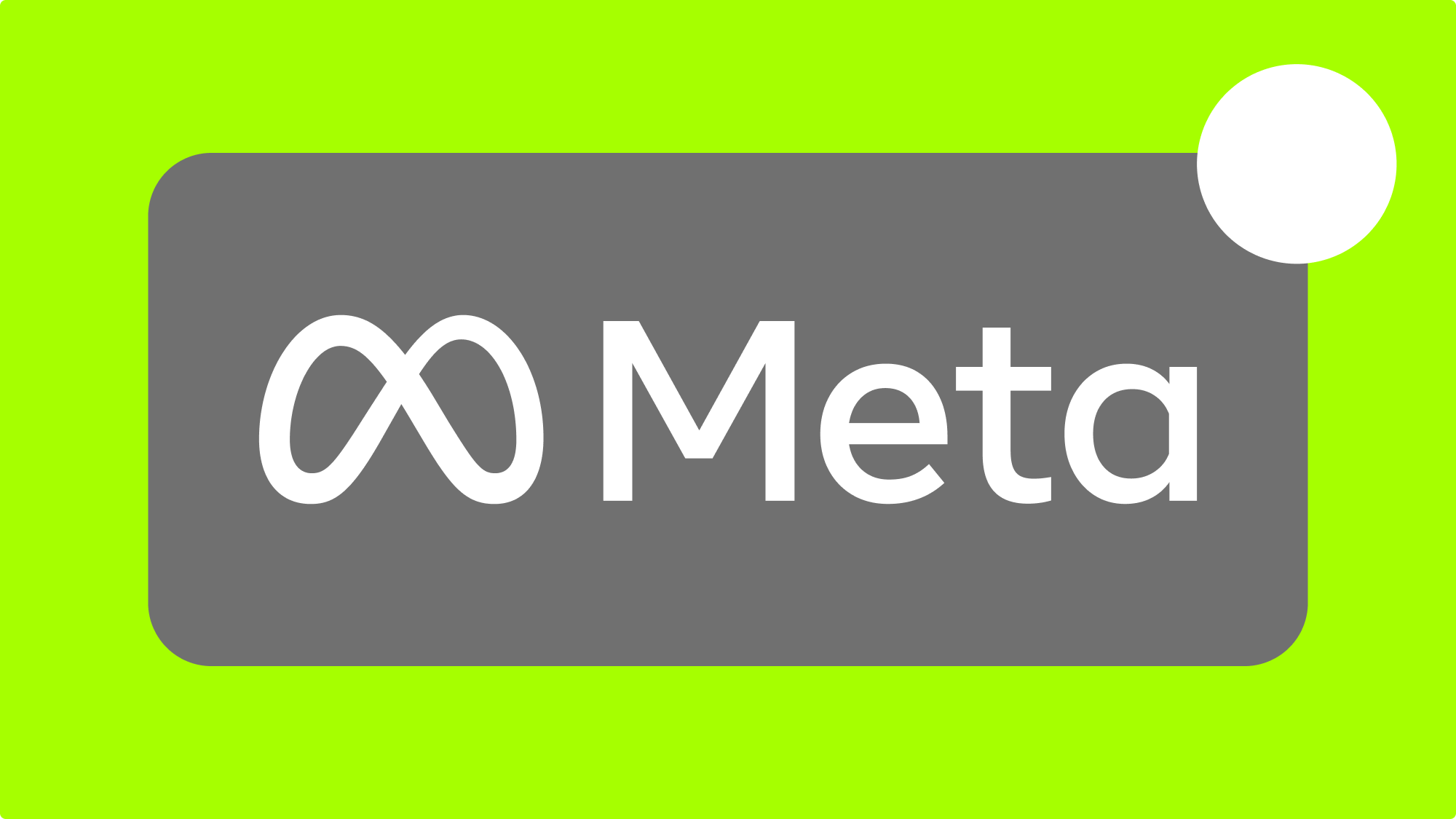The short answer to how to write a good Call to Action (CTA) is to include a sense of urgency. The right answer is much more complex than that.
Learning from the best, we have gathered good examples of a call to action and some advice on how to get there.
“A communicator must be concerned with an unchanging man, with his obsessive drive to survive, to be admired, to succeed, to love, to take care of his own."
– William Bernbach, American advertising genius
When trying to convert your potential customers any working tactic seems to be a good one. All fair in love and funnel.
But it is easy to go overboard and scare people off by appearing too pushy or needy. Here are the two most obvious problems with CTAs and five ways to write a working CTA in good taste.
Problems
Calls to action are relatively new: in 2005, there was an article in WSJ on calls to action emerging in TV commercials. Back then, the president and chief executive of the New York office of BBDO Worldwide, John Osborn said that an emerging goal among ad agencies is "creating a message that people are willing to actually seek out and spend time with — however this can be done".
What has changed since then?
Nothing. Creating an alluring CTA remains one of the biggest challenges for marketers. But now the new campaigns, landing pages, and letters are created so often that it makes this challenge enormous. Which makes a lack of valid research and solid practices frustrating.
Lack of proof
Despite having a very clear understanding of what is a “call to action”, there is no unity on what call to action words work best.
Almost all companies are testing their CTAs and only naive or courageous just put their messages out there without revisiting them. So, testing is there but where is the data? Wouldn’t it be easier to have some concrete proof of any model actually working?
Unfortunately, CTA studies are small and inconclusive. And pieces of advice on how to write a good call to action are suspiciously repetitive.
The marketers are left with generic lists of the best call-to-action words and persistent demand to use the sense of urgency.
Excessive pressure
Anyone working in marketing is aware of a sense of urgency. This selling strategy is as old as trade itself. It is so basic it appeals to our reptilian brain and triggers the grasping reflex.
But today's consumers are much more aware of the most common selling tactics. They don’t trust grand promises of snake oil and frown at blunt manipulations.
The shift towards more ethical marketing seems inevitable since official regulators started investigating these bad taste practices.
But if marketers are not allowed to use scarcity and stress in CTAs to boost their conversions, what is left? Showing creativity and providing value.
Solutions
There are plenty of sources out there promising to teach one how to write the best call-to-action phrases but they are just listing common practices.
According to the bestselling book “Call to Action: Secret Formulas to Improve Online Results” by Bryan and Jeffrey Eisenberg, a marketer has to possess a profound knowledge of consumer psychology, social anthropology, design, sales, and even chaos theory. Presumably, it takes all that and more to create a truly appealing message.
They say: “Persuading people to take action is both an art and a science requiring lots of intelligent planning by professionals trained in the fundamentals of marketing and in exactly how marketing needs to be done to support sales”.
So, one has to become almighty demiurge to write a working CTA; or is a quick search on “best call to action phrases” enough? Thankfully, there is a golden mean: learn easy fundamentals, follow the best of professionals, and craft CTAs to your specific needs.
Adding time factor
Your CTA will convert better if you add time-sensitive words. It is a much softer tool than creating angst and scaring the customer with the loss of an offer. It is easy to go overboard with urgency, and before you know it you will sound like a street preacher yelling “It’s too late!”. What a way to convert…

Tip
Words like “Now” and “Today” go well with action verbs. We can see this pairing everywhere. But when you’re selling a B2B service, the results might become more obvious and impressive on a monthly or even quarterly basis.

Mentioning the opportunity
Most Saas companies are offering free trials. It allows customers to get acquainted with the service and decide on buying it without the initial commitment. So their CTAs are all about “Try now, it’s free” removing all pressure and showing the opportunity instead. Books and whitepapers, templates and cheat sheets, – all of them can be promoted with a basic offer of getting something free of charge. And who doesn’t like getting useful things for free?

Tip
There are different opinions on which is better: “Free” or “No cost”. The reason for this controversy lies in SEO. The word “Free” is highly popular and it’s hard to make any difference in optimizing with it.

Developing comradery
Another strategy accompanying humans throughout history – belonging. One of the most popular CTAs out there is “Join”. This type of CTAs appeals to our company values and invites customers to share those. If you happen to have a strong brand identity you can successfully build your CTA on it.

Tip
The variations become countless when it comes to NGOs and political campaigns. There are more ways to contribute to the cause so there should be separate CTAs for each one.

Offering information
Consider all those people who do not react well to pressure. They might be skeptical or just bombarded by pushy ads. To address them, offer the option to explore all the information on your service or product without making any commitment. Being discrete might not have been a popular strategy but things are changing. You don’t have to be loud to be heard.

Tip
Use the learning narrative with words like “Learn”, “Find out”, and “Explore”. Pair them with time-sensitive words to add more action.

Communicating your message
Be as vague or as specific as you wish to be. Some brands are offering a promise of an experience: destination weddings, real estate, flight tickets, bars, and restaurants. It’s a common practice for them to make their CTAs sound dreamy. Considering people are visiting their landing pages already having a specific action in mind, they just have to set up a mood.

Tip
Being creative with your CTA means you can try different forms. Some companies are using affirmative phrases like “I’m in” or “Yes, I do” to mimic the customer’s initiative.

Testing is fundamental
While there might be different techniques and approaches to writing CTAs, the necessity of testing is one thing all marketers agree on. All the most quirky, fun, or direct CTAs out there are direct results of meticulous work. So, when searching for the best call for action, test and compare your options.
After all, a click rate is a direct feedback from the customer, and the customer is always right.
FAQ
What is a call to action (CTA)?
A call to action is a statement that tells your audience what you want them to do next.
It is an essential part of any ad, as it encourages potential customers to take the desired action, such as visiting your website, signing up for your newsletter, or making a purchase.
Why are CTAs important in ads?
Without a clear CTA, your audience may not know what to do, and they may abandon your ad altogether.
How do I write a good CTA for my ad?
When writing a CTA for your ad, keep the following tips in mind:
- Use strong action verbs. Your CTA should start with a strong action verb, such as "buy," "shop," or "sign up." This will tell your audience exactly what you want them to do.
- Be specific. Your CTA should be as specific as possible. For example, instead of saying "learn more," say "learn more about our new product."
- Create a sense of urgency. Use words like "now" and "today" to create a sense of urgency and encourage your audience to take action immediately.
- Test different CTAs. Try out different CTAs to see which ones perform best with your audience.
What are some good CTAs for ads?
Some good CTAs for ads are:
- Action-oriented: CTAs should use strong action verbs that tell the reader exactly what you want them to do. For example, "Buy now," "Sign up for our newsletter," or "Learn more."
- Benefit-oriented: CTAs should focus on the benefits that the reader will receive by taking the desired action. For example, "Get a free consultation," "Save 20% on your first purchase," or "Get access to exclusive content."
- Sense of urgency: CTAs can create a sense of urgency by using words like "limited time offer" or "only available while supplies last." This can motivate the reader to take action immediately.
The short answer to how to write a good Call to Action (CTA) is to include a sense of urgency. The right answer is much more complex than that.
Learning from the best, we have gathered good examples of a call to action and some advice on how to get there.
“A communicator must be concerned with an unchanging man, with his obsessive drive to survive, to be admired, to succeed, to love, to take care of his own."
– William Bernbach, American advertising genius
When trying to convert your potential customers any working tactic seems to be a good one. All fair in love and funnel.
But it is easy to go overboard and scare people off by appearing too pushy or needy. Here are the two most obvious problems with CTAs and five ways to write a working CTA in good taste.
Problems
Calls to action are relatively new: in 2005, there was an article in WSJ on calls to action emerging in TV commercials. Back then, the president and chief executive of the New York office of BBDO Worldwide, John Osborn said that an emerging goal among ad agencies is "creating a message that people are willing to actually seek out and spend time with — however this can be done".
What has changed since then?
Nothing. Creating an alluring CTA remains one of the biggest challenges for marketers. But now the new campaigns, landing pages, and letters are created so often that it makes this challenge enormous. Which makes a lack of valid research and solid practices frustrating.
Lack of proof
Despite having a very clear understanding of what is a “call to action”, there is no unity on what call to action words work best.
Almost all companies are testing their CTAs and only naive or courageous just put their messages out there without revisiting them. So, testing is there but where is the data? Wouldn’t it be easier to have some concrete proof of any model actually working?
Unfortunately, CTA studies are small and inconclusive. And pieces of advice on how to write a good call to action are suspiciously repetitive.
The marketers are left with generic lists of the best call-to-action words and persistent demand to use the sense of urgency.
Excessive pressure
Anyone working in marketing is aware of a sense of urgency. This selling strategy is as old as trade itself. It is so basic it appeals to our reptilian brain and triggers the grasping reflex.
But today's consumers are much more aware of the most common selling tactics. They don’t trust grand promises of snake oil and frown at blunt manipulations.
The shift towards more ethical marketing seems inevitable since official regulators started investigating these bad taste practices.
But if marketers are not allowed to use scarcity and stress in CTAs to boost their conversions, what is left? Showing creativity and providing value.
Solutions
There are plenty of sources out there promising to teach one how to write the best call-to-action phrases but they are just listing common practices.
According to the bestselling book “Call to Action: Secret Formulas to Improve Online Results” by Bryan and Jeffrey Eisenberg, a marketer has to possess a profound knowledge of consumer psychology, social anthropology, design, sales, and even chaos theory. Presumably, it takes all that and more to create a truly appealing message.
They say: “Persuading people to take action is both an art and a science requiring lots of intelligent planning by professionals trained in the fundamentals of marketing and in exactly how marketing needs to be done to support sales”.
So, one has to become almighty demiurge to write a working CTA; or is a quick search on “best call to action phrases” enough? Thankfully, there is a golden mean: learn easy fundamentals, follow the best of professionals, and craft CTAs to your specific needs.
Adding time factor
Your CTA will convert better if you add time-sensitive words. It is a much softer tool than creating angst and scaring the customer with the loss of an offer. It is easy to go overboard with urgency, and before you know it you will sound like a street preacher yelling “It’s too late!”. What a way to convert…

Tip
Words like “Now” and “Today” go well with action verbs. We can see this pairing everywhere. But when you’re selling a B2B service, the results might become more obvious and impressive on a monthly or even quarterly basis.

Mentioning the opportunity
Most Saas companies are offering free trials. It allows customers to get acquainted with the service and decide on buying it without the initial commitment. So their CTAs are all about “Try now, it’s free” removing all pressure and showing the opportunity instead. Books and whitepapers, templates and cheat sheets, – all of them can be promoted with a basic offer of getting something free of charge. And who doesn’t like getting useful things for free?

Tip
There are different opinions on which is better: “Free” or “No cost”. The reason for this controversy lies in SEO. The word “Free” is highly popular and it’s hard to make any difference in optimizing with it.

Developing comradery
Another strategy accompanying humans throughout history – belonging. One of the most popular CTAs out there is “Join”. This type of CTAs appeals to our company values and invites customers to share those. If you happen to have a strong brand identity you can successfully build your CTA on it.

Tip
The variations become countless when it comes to NGOs and political campaigns. There are more ways to contribute to the cause so there should be separate CTAs for each one.

Offering information
Consider all those people who do not react well to pressure. They might be skeptical or just bombarded by pushy ads. To address them, offer the option to explore all the information on your service or product without making any commitment. Being discrete might not have been a popular strategy but things are changing. You don’t have to be loud to be heard.

Tip
Use the learning narrative with words like “Learn”, “Find out”, and “Explore”. Pair them with time-sensitive words to add more action.

Communicating your message
Be as vague or as specific as you wish to be. Some brands are offering a promise of an experience: destination weddings, real estate, flight tickets, bars, and restaurants. It’s a common practice for them to make their CTAs sound dreamy. Considering people are visiting their landing pages already having a specific action in mind, they just have to set up a mood.

Tip
Being creative with your CTA means you can try different forms. Some companies are using affirmative phrases like “I’m in” or “Yes, I do” to mimic the customer’s initiative.

Testing is fundamental
While there might be different techniques and approaches to writing CTAs, the necessity of testing is one thing all marketers agree on. All the most quirky, fun, or direct CTAs out there are direct results of meticulous work. So, when searching for the best call for action, test and compare your options.
After all, a click rate is a direct feedback from the customer, and the customer is always right.
FAQ
What is a call to action (CTA)?
A call to action is a statement that tells your audience what you want them to do next.
It is an essential part of any ad, as it encourages potential customers to take the desired action, such as visiting your website, signing up for your newsletter, or making a purchase.
Why are CTAs important in ads?
Without a clear CTA, your audience may not know what to do, and they may abandon your ad altogether.
How do I write a good CTA for my ad?
When writing a CTA for your ad, keep the following tips in mind:
- Use strong action verbs. Your CTA should start with a strong action verb, such as "buy," "shop," or "sign up." This will tell your audience exactly what you want them to do.
- Be specific. Your CTA should be as specific as possible. For example, instead of saying "learn more," say "learn more about our new product."
- Create a sense of urgency. Use words like "now" and "today" to create a sense of urgency and encourage your audience to take action immediately.
- Test different CTAs. Try out different CTAs to see which ones perform best with your audience.
What are some good CTAs for ads?
Some good CTAs for ads are:
- Action-oriented: CTAs should use strong action verbs that tell the reader exactly what you want them to do. For example, "Buy now," "Sign up for our newsletter," or "Learn more."
- Benefit-oriented: CTAs should focus on the benefits that the reader will receive by taking the desired action. For example, "Get a free consultation," "Save 20% on your first purchase," or "Get access to exclusive content."
- Sense of urgency: CTAs can create a sense of urgency by using words like "limited time offer" or "only available while supplies last." This can motivate the reader to take action immediately.

















